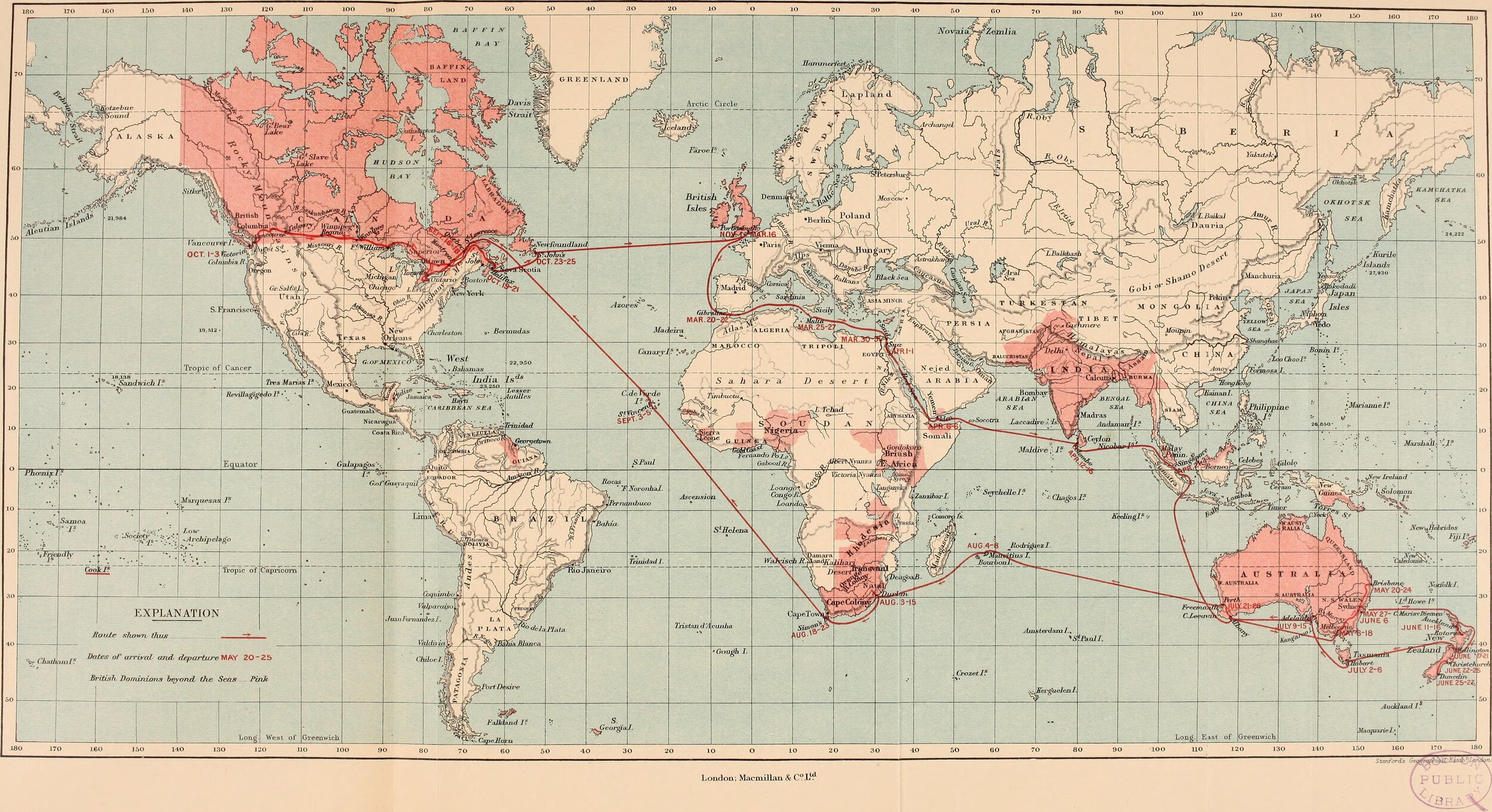
Part 5:
1945 to 2020: The Big Picture
#83 China’s Economic Growth After Mao: Part 1
The issue that has undermined western Chinese analysis is Mao. During Mao's period, China was a closed society, relatively speaking. Mao struggled with the central issue of the Communist Party: how to create an industrial revolution, without becoming dependent on western economies. The period of his rule was turbulent. Western assumptions that there was a lack of growth during Mao’s time have been shown to be false. In fact, between 1970 and 1979, China’s GDP growth rate was 6.8% per annum. That statistic implies a continuous growth rate every year in fact for 70 years. If we examine capital accumulation, i.e., the growth rates of productive capital stock, capital equipment, machinery, tools, industrial buildings, excluding residential buildings and the value of land, there was an annual growth rate of 10.3% from 1952 to 2015.
#75 The New Economic Normality 1971-2020: The Market and Neo-Liberalism
The essence of free-market ideology since the first half of the 19th century until now has been that competing firms were efficient and represented the best way to run society. Governments would overspend; organised labour is selfish; barriers to the movement of capital services and labour should be reduced to the minimum. This is neo-liberalism in a nutshell. The reality is, of course, very different, as firms tend to move to monopoly or oligopoly, and so inequality increases. This is not the place to expand the argument into economic theory. Neo-liberal economics has been widely practised across the world for the last 50 years.

